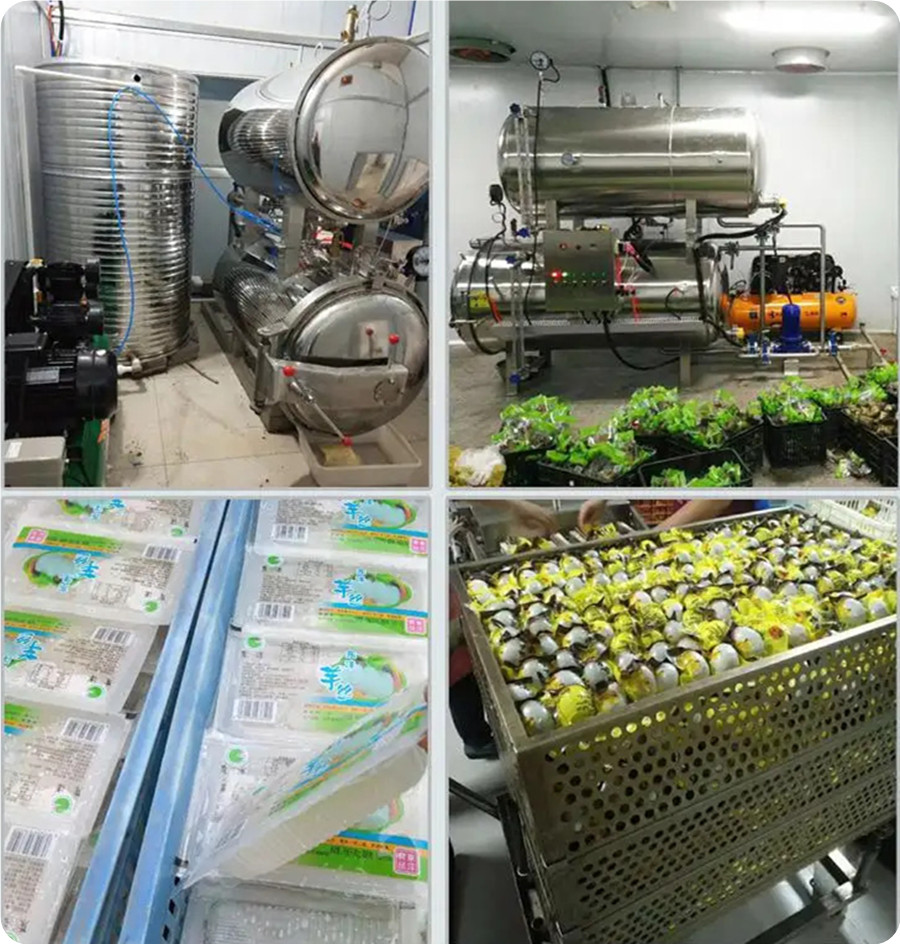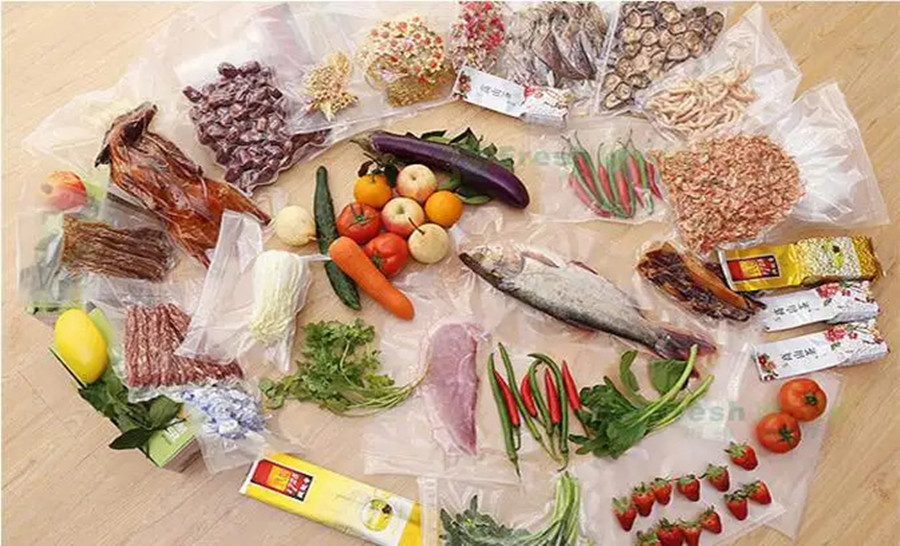The Main Sterilization Object of High-Temperature Sterilizer
In the process of high-temperature sterilization of food, the main target of sterilization is Bacillus botulinum, which can produce toxins that cause fatal damage to the human body. It is a thermostable anaerobic bacteria, it will lose its biological activity in 3 minutes at 121℃, and in 6 hours at 100℃. Of course, the higher the temperature, the shorter the survival time of the bacteria. According to scientific testing, sterilization at 121°C is more suitable. At this time, the packaging has good heat resistance, and the food taste is also relatively good. The F value of the food center reaches 4, and Bacillus botulinum will not be detected in the food, which meets the requirements of commercial sterility. If it’s too high, it will have an adverse effect on the flavor of the food!

Sterilization Method
1. Hot Water Circulation Sterilization
During sterilization, all the food in the pot is soaked in hot water, and the heat distribution is relatively uniform in this way.
2. Steam Sterilization
After the food is put into the pot, instead of adding water, it is directly heated by steam. As there is air in the pot, there will be cold spots, so the heat distribution in this way is not the most uniform.
3. Water Spray Sterilization
This method uses nozzles or spray pipes to spray hot water onto the food. Through the nozzles installed on the two sides or the top of the sterilization pot, spray mist-like wave-shaped hot water to the surface of the food. Therefore, not only the temperature is uniform without dead ends, but also the heating and cooling speed is rapid. It can sterilize the products in the pot comprehensively, quickly and stably, especially suitable for the sterilization of flexible packaged food.

4. Water vapor Mixed Sterilization
This sterilization method was introduced by France, which cleverly combines steam and water spray. A small amount of water is added to the pot to meet the use of circulating spray, and the steam directly enters the pot, which truly realizes short-term high efficiency, energy saving, and environmental protection, and is suitable for sterilization of special products.
Precaution
1. High-temperature sterilization work is very important for a food processing plant, it has the following two characteristics:
1.1. Disposable
The high-temperature sterilization work must be completed at one time from the beginning to the end, and cannot be interrupted, and the food cannot be repeatedly sterilized.
1.2. Abstraction of Germicidal Effect
The sterilized food cannot be detected with the naked eye, and the bacterial culture test also takes a week. Therefore, it is impossible to test the sterilization effect of each sterilization batch of food.

2. Based on the above characteristics, manufacturers need to do the following two points:
2.1. First
It is necessary to ensure the uniformity of hygiene in the whole food processing chain, and ensure that the initial amount of bacteria in each bag of food before bagging is equal, so as to ensure the effectiveness of the established sterilization formula.
2.2. Second
It is required to have sterilization equipment with stable performance and accurate temperature control, and implement the established sterilization formula with no faults and minimal error, so as to ensure the standardization and uniformity of the sterilization effect.




